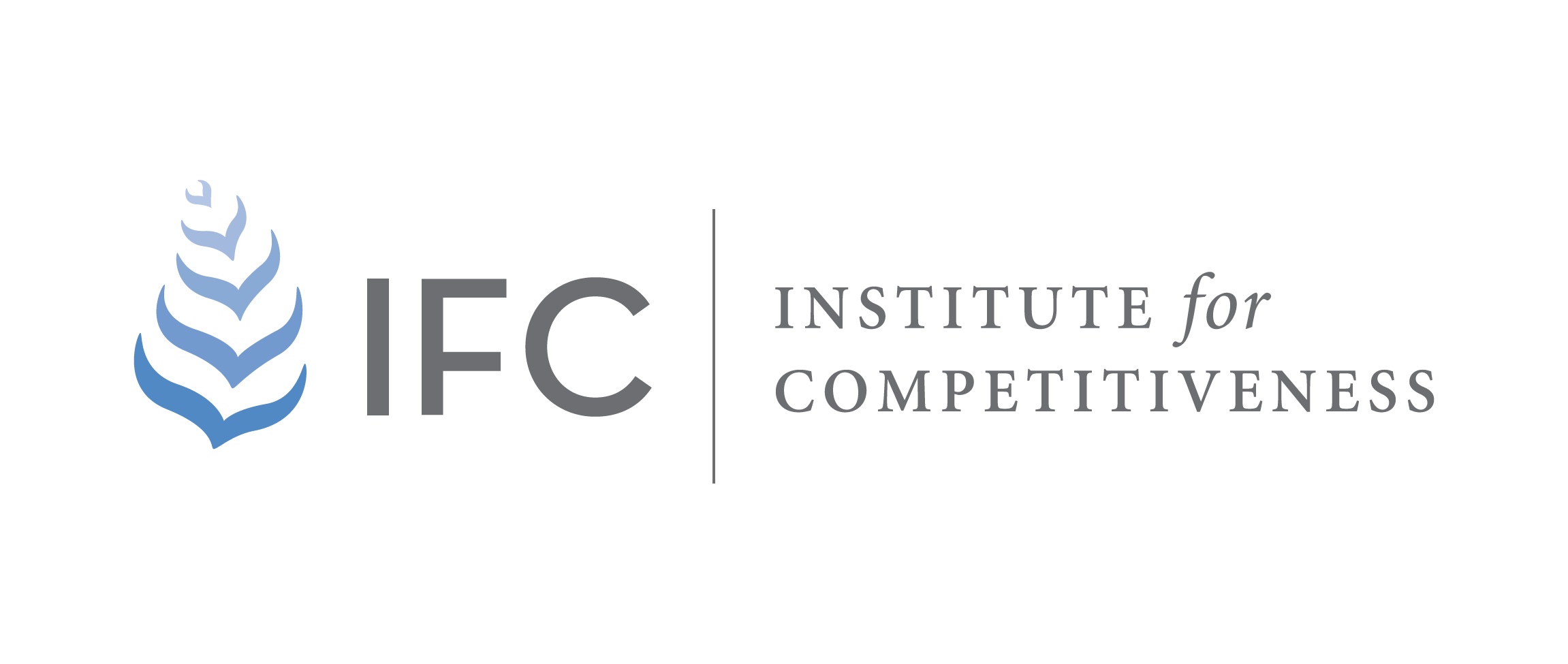Innovation is an idea that is often misunderstood. Innovation does not necessarily mean invention. It can also be doing things in a better way. For instance, Henry Ford did not invent the car but innovated its production process through the assembly line, allowing Ford to produce more cars than all its other competitors combined and at a much lower cost. Innovation is, thus, a broader concept that is required to be understood beyond the development of technologically advanced products in sophisticated labs. It can also be about more efficient and effective supply chains; better customer service and delivery; or better solutions for existing business processes.
Over the last few years, India’s performance on the Global Innovation Index has been encouraging, rising from 81stranked country in 2015 to 52nd in 2019. Consequently, India is among the world’s leading economies in some of the key parameters like graduates in science and engineering, gross capital formation, and ICT exports. However, while such metrics do provide a broad sense of the innovation environment within the country, a deeper understanding of the enabling factors around it is necessary. With this in mind, the Institute for Competitiveness organized a roundtable on “Innovation and Intellectual Property Rights” to gather viewpoints of key stakeholders across government, academia, and industry. There were a few common themes that emerged through the discussions.
Firstly, one of the biggest issues that impede India from becoming a global front-runner in innovation is the challenge of scaling up firms. The biggest impediment to scale is the increase in the extent of regulation with the growth in the firm’s size. But there are also other issues. Scale can only be achieved through investment in research and development, not just to create new products but to also innovate in different ways that give the firms a competitive edge over other players. Such research and development require significant capital backing that start-ups in India face a challenge in raising. Therefore, as long as Indian firms unable to scale to become global leaders in their industry, it will lag on innovation.
The second issue that requires urgent attention to foster innovation is the provision of an enabling environment. India loses out to other nations due to steep prices of basic factors, from power to capital, for a wide variety of reasons. Countries like China also manage to remain WTO compliant while providing subsidies to domestic firms. India also needs to explore ways to encourage its domestic firms to grow while remaining compliant with its international agreements.
Another area that India needs to work upon is the industry-academia linkage. Universities perform two roles: knowledge creation and knowledge exchange. Both these functions need to work in accordance with one another. Innovation suffers if either of these functions is affected. A pertinent reason for the lack of knowledge exchange in India is the absence of clarity as to which body which owns the intellectual property of the research undertaken in universities that are funded by the industry. Such issues need an immediate resolution for the innovation ecosystem to flourish.
An idea that can address all these issues is cluster development. Clusters are a network of firms, suppliers, universities, and other supporting institutes that enable an environment of collaboration and cooperation where ideas are evolved and exchanged. Cluster participation facilitates the process of learning and innovation as firms try to develop a shared understanding of the industry and its workings. Silicon Valley and Shenzhen are prominent clusters that have famously played such a role.
Through such an environment, firms can find opportunities to scale, strong linkages between key stakeholders and enabling environment, through proximity. India requires such radical transformations in order to create global champions.
The article was published with Business World on March 12, 2020.
























